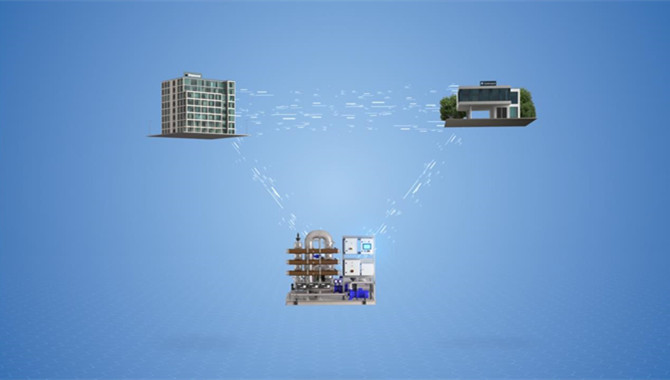Ballasting operations in different parts of the world can be challenging due to wide variations in water quality. And this could make it difficult to achieve compliance with the IMO’s so-called D2 standard for ballast water discharges - even with a ballast water treatment system installed.
The D2 standard, which will be mandatory for all ships from September 2024 under the IMO’s ballast water management convention, specifies the maximum amount of viable marine organisms allowed to be released in ballast water discharges.
But poor water quality at certain ports, such as those with a high level of sediment load, may impede effective ballasting operations needed for compliance and thus prevent ships calling at these ports.
And this could result in lost contracts and revenue for shipowners if they are not able to sail to challenging ports, according to leading ballast water treatment specialist Optimarin.
‘Heat-mapping’
Furthermore, chief executive Leiv Kallestad points out that challenges in ensuring ballast water quality meets local standards can create logistical difficulties and delays for fleet operations.
“The main issues are transparency and predictability: being aware of the water quality at different ports to plan voyage itineraries in an optimal manner,” he says.
But how can that be achieved on a global basis with multiple ports on numerous trade routes?
“The answer is digital technology,” Kallestad says.
Optimarin has developed the pioneering OptiLink™ cloud-based digital solution that is able to stream data on water quality at ports around the world.
Its head of technology Kim Stian Haugland, who developed OptiLink™ with his team, says analysis of big data means a ship operator can assess water quality in specific ports through “heat-mapping” to determine the duration of ballasting operations, which makes for better fleet planning.
The advanced digital tool provides real-time monitoring of Optimarin’s ballast water treatment system (BWTS), along with automated data generation and remote connectivity for ship-to-shore data-sharing in this critical area of ship operations.
Data visibility
It also gives the vessel crew instantaneous online access to key performance indicators for the BWTS - including water quality and system functionality - through a user-friendly visual interface featuring data transmitted from the ballast water control system.
OptiLink™ means ballast water management can be integrated in the ship’s digitalised functions, while also giving a fleet-wide overview of ballast water KPIs for each vessel.
Online connectivity enables continuous condition monitoring of the BWTS for proactive maintenance, as well as interactive remote support with over-the-air software updates to keep the system working efficiently.
These features make for improved efficiency of ballast water operations and enhanced voyage planning to support reduced fuel consumption and lessen vessel downtime.
In addition, OptiLink™ allows compliance data on ballast water quality to be transmitted to regulatory authorities for certification, effectively negating the need for lab testing and onboard inspections, to facilitate faster port turnarounds.
“Data visibility is vital to the predictability of ballast water operations,” Kallestad explains.
“This also has significant economic spin-offs in fuel cost savings, optimised ship routing and reduced port turnaround times to boost the overall cost-efficiency of fleet operations.”
The opinions expressed herein are the author's and not necessarily those of The Xinde Marine News.
Please Contact Us at:
media@xindemarine.com


 Ningbo Containerized Freight Index Weekly Commentar
Ningbo Containerized Freight Index Weekly Commentar  Ningbo Containerized Freight Index Weekly Commentar
Ningbo Containerized Freight Index Weekly Commentar  Ningbo Containerized Freight Index Weekly Commentar
Ningbo Containerized Freight Index Weekly Commentar  BIMCO Shipping Number of the Week: Bulker newbuildi
BIMCO Shipping Number of the Week: Bulker newbuildi  Ningbo Containerized Freight Index Weekly Commentar
Ningbo Containerized Freight Index Weekly Commentar  Ningbo Containerized Freight Index Weekly Commentar
Ningbo Containerized Freight Index Weekly Commentar